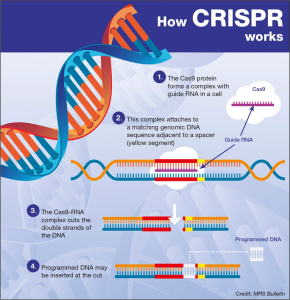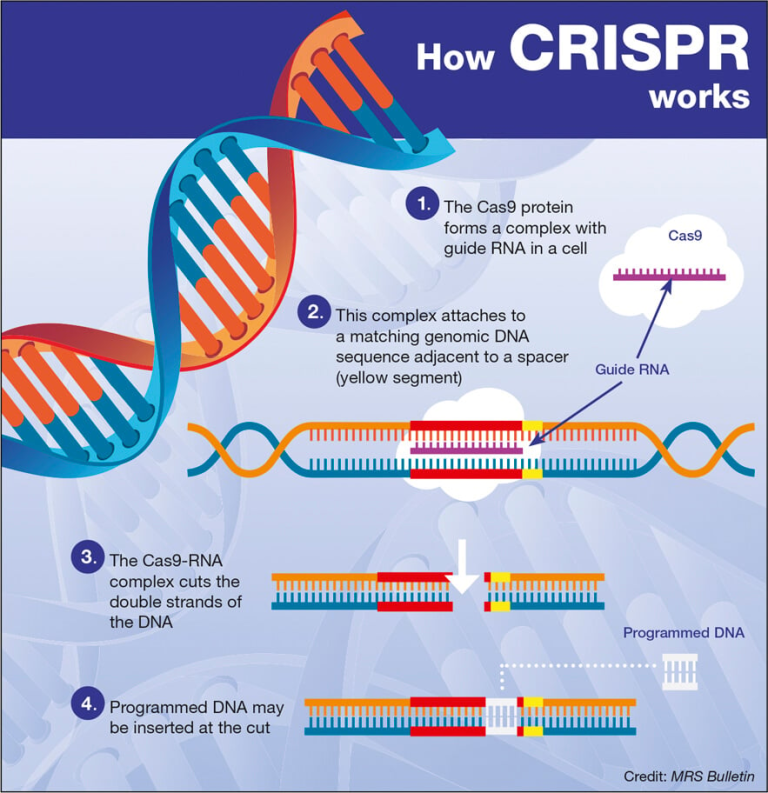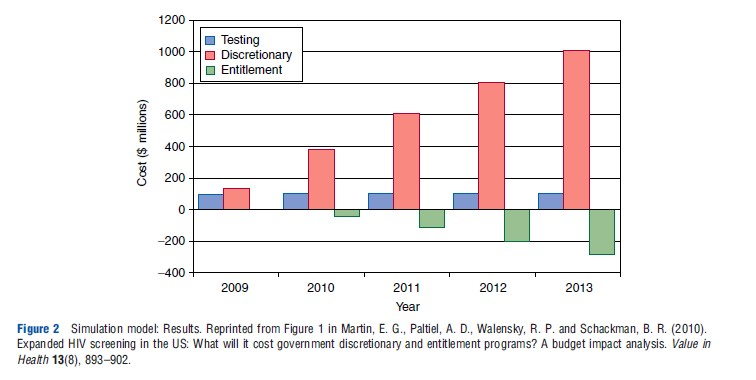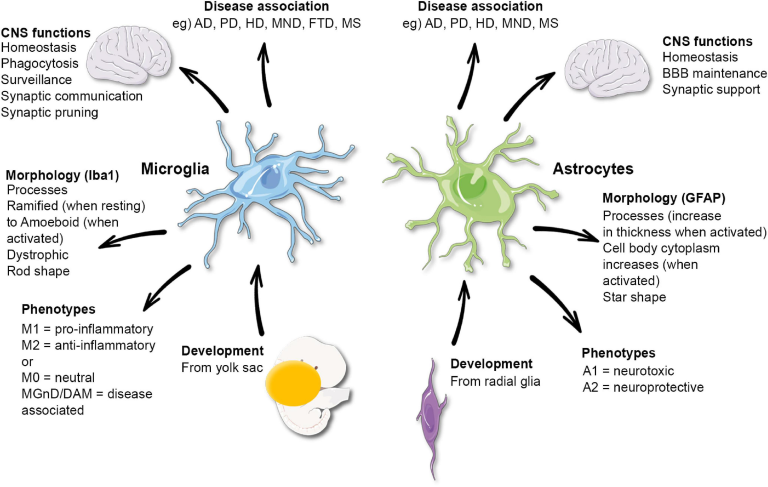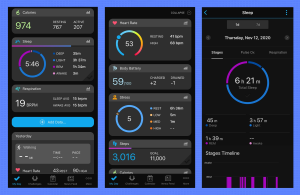Vaping cessation is becoming an increasingly vital topic as the popularity of e-cigarettes proliferates among teens and young adults. Recent studies reveal alarming statistics about nicotine addiction, emphasizing the need for effective treatment options like the FDA-approved cessation pill, varenicline. This medication has shown promising results, with clinical trials indicating that users are three times more likely to quit vaping compared to those relying solely on behavioral counseling. As the health risks of vaping come to light, including exposure to carcinogens and long-term addiction potential, finding successful pathways to quit vaping becomes essential. With effective nicotine addiction treatment options available, the journey toward quit vaping success is more attainable than ever before.
The conversation around quitting the use of e-cigarettes has gained momentum, particularly among younger demographics. As many adolescents experiment with vaping, the search for alternatives to help them stop becomes paramount. Programs focused on nicotine cessation, such as prescribed medications like varenicline, are proving to be effective solutions. Moreover, addressing the challenges posed by vaping health risks, including long-term implications for respiratory health, creates a greater urgency for intervention. By emphasizing comprehensive treatment approaches, including both medication and behavioral support, health professionals are better equipped to assist the youth in overcoming vaping.
The Impact of Vaping on Youth Health
Vaping has become a concerning trend among teens and young adults, with alarming statistics indicating that nearly a quarter of individuals aged 18 to 25 were engaged in vaping as of 2023. This prevalence poses significant health risks, as vapes are not merely harmless water vapor but can contain numerous harmful substances. Many products are loaded with nicotine, a highly addictive compound that can easily trap young users into a cycle of dependence, leading to long-term health consequences. Moreover, studies indicate that early exposure to nicotine can increase the likelihood of future substance abuse, making it crucial for society to address this growing issue among the youth.
In conjunction with nicotine exposure, vaping devices also emit a variety of toxic substances, including carcinogens and heavy metals, which can contribute to respiratory issues and other serious health problems. The rise of vaping culture in public spaces complicates matters further, as these products are often designed to be discreet and socially acceptable. With youth frequently underestimating these health risks, an urgent need exists for effective strategies to educate and support them in making healthier choices to combat the ominous trend of nicotine addiction.
Varenicline: A Game Changer for Vaping Cessation
The FDA-approved cessation pill varenicline has emerged as a beacon of hope for teens and young adults struggling to quit vaping. As the research from Mass General Brigham indicates, participants who used varenicline in conjunction with behavioral therapy had a staggering threefold increase in success rates compared to those who only received counseling. This evidence underscores the potential of pharmacotherapy in addressing nicotine addiction, particularly among vulnerable populations. Varenicline not only aids in managing withdrawal symptoms but also helps to decrease the pleasurable effects associated with nicotine, making it easier for individuals to avoid relapses.
Furthermore, the data suggests that treatment through varenicline is both effective and safe for users aged 16 to 25. Remarkably, every participant who successfully quit vaping while on varenicline did not turn to cigarette smoking, a common concern when transitioning from one nicotine source to another. This finding highlights the critical need for providers to consider pharmacological options like varenicline as part of comprehensive vaping cessation strategies. By leveraging these advancements in nicotine addiction treatment, healthcare professionals can significantly improve quit vaping success rates among adolescents and young adults.
Benefits of Behavioral Therapy in Vaping Cessation
Behavioral therapy is a vital component in the battle against vaping addiction, particularly when paired with pharmacological treatments like varenicline. Studies show that incorporating counseling into a quitting plan can enhance motivation, provide essential coping strategies, and bolster the effectiveness of cessation efforts. Participants in the Mass General Brigham study who received weekly behavioral counseling demonstrated a better understanding of their addiction and were equipped with skills to resist cravings, contributing to a higher likelihood of successfully quitting vaping.
Moreover, the psychological support offered through behavioral therapy provides individuals with a safe space to discuss their struggles and celebrate their successes. This supportive environment fosters accountability, as participants share their experiences and progress with peers and professionals. Consequently, the synergistic effect of combining counseling with medications like varenicline may present the most effective path to achieving sustained quit vaping success. Enhanced education and ongoing support are essential in this battle against nicotine reliance to ensure long-term health improvements.
Understanding the Risks of Nicotine Addiction
Nicotine addiction poses severe health risks, particularly for younger users whose brains are still developing. Adolescents are particularly vulnerable to the effects of nicotine; studies show that initial exposure can have long-lasting implications for their cognitive development. The addictive nature of nicotine can lead to dependence, making it challenging for young individuals to quit once they start using products like vapes, which often increase their exposure through high concentrations of smoke and varying flavors. This reality highlights the need for public health campaigns to educate young people about the risks associated with nicotine addiction and vaping.
In addition to cognitive risks, there are significant physical health threats linked to nicotine consumption as seen in vaping products. Vapes are associated with respiratory issues, with users reporting symptoms akin to those caused by traditional cigarette smoking, such as coughing and shortness of breath. Moreover, there’s evidence linking vaping to increased instances of anxiety and mood disorders among teens. Recognizing and addressing these risks are critical steps in the prevention of nicotine addiction and can equip youth with the knowledge they need to make informed decisions about their health.
Adolescent Vaping Trends and Statistics
As we grapple with the growing rates of vaping among adolescents, recent studies reveal alarming trends. In 2024, about 8 percent of high school students reported consuming vapes, showcasing a concerning rise compared to prior years. This demographic shift has become a focal point for public health initiatives, sparking debates about the need for comprehensive legislation to regulate vaping products and better safeguard young populations from nicotine exposure. Such statistics emphasize the importance of understanding the scope of the issue and its implications for youth health.
Emergency responses to this trend are crucial; school systems, parents, and communities must engage in strategies that promote awareness and prevention. Education campaigns aimed at teenagers should ideally highlight the negative health effects of vaping while also providing resources for those struggling with addiction. Additionally, as vaping is often perceived as a ‘safer’ alternative to smoking, it is necessary to dismantle these misconceptions through factual discourse and evidence-based support.
Exploring Alternative Treatments for Vaping Cessation
While varenicline presents a promising solution for vaping cessation, it is vital to explore alternative treatment options that can cater to different needs and preferences among adolescents. Some individuals may respond better to other behavioral therapies or support programs, emphasizing the need for a multi-faceted approach to nicotine addiction treatment. For example, counseling approaches that incorporate motivational interviewing and cognitive-behavioral strategies could help teens develop resilience against cravings and high-risk situations.
Additionally, integrating support technology, such as the ‘This is Quitting’ text service, offers easily accessible resources for young people on their quitting journey. Such platforms allow individuals to receive real-time support and guidance that can elevate their success rates in quitting vaping. Therefore, it is essential to continue researching and implementing diverse treatment options that resonate with a broad audience, ultimately leading to successful outcomes in vape cessation.
Community Support for Vape Cessation Programs
Community support plays a pivotal role in the success of vaping cessation programs, particularly for younger populations. Creating environments where adolescents feel comfortable discussing their struggles with addiction can significantly bolster their chances of success. Local organizations and health agencies can contribute by facilitating support groups and workshops that provide both education and communal solidarity. Such group settings foster a collective understanding of vaping addiction and allow participants to share their strategies and experiences.
Furthermore, community outreach through schools can pave the way for increased awareness about vaping health risks. Programs developed in collaboration with parents, educators, and health professionals can yield better-informed youth who are more likely to seek help when facing dangers of nicotine addiction. Engaging community stakeholders will enhance the overall effectiveness of cessation programs, ensuring that adolescents have access to resources and support systems that encourage them to quit vaping.
The Role of Education in Preventing Vaping
Education is a foundational element in preventing vaping among adolescents, serving not only to inform but to empower young individuals to make healthier choices. By integrating comprehensive tobacco and vaping education into school curricula, students can develop a profound understanding of the risks associated with nicotine use. Educational programs should include lessons on the nature of addiction, the physiological effects of nicotine, and real-world outcomes tied to regular vaping, thus fostering informed decision-making.
Moreover, peer-led initiatives can be powerful tools in promoting anti-vaping sentiment. Encouraging students to be ambassadors within their own classrooms or social circles creates an opportunity for relatable role models who convey important messages about the dangers of vaping. This personalized approach helps to drive home the message that it is not just an adult problem but one that profoundly affects and undermines youth development.
Seeking Professional Help for Vaping Addiction
For adolescents grappling with nicotine addiction, seeking professional help is a critical step towards achieving vaping cessation. Often, young individuals may feel isolated in their struggle, unsure of how to navigate their addiction. Healthcare providers can offer tailored interventions that combine medication, like varenicline, with counseling and support services. This personalized care helps to address both the psychological and physiological aspects of nicotine dependency, putting users on a robust pathway toward recovery.
Support from medical professionals not only provides adolescents with effective treatment options but also reinforces the understanding that addiction is a common challenge, deserving of attention and care. With increasing visibility around vaping health risks, more teens may feel empowered to discuss their experiences with healthcare providers. Thus, encouraging adolescents to reach out for help can ultimately lead to higher quit vaping success rates, forging healthier futures.
Frequently Asked Questions
What is vaping cessation and how can varenicline help?
Vaping cessation refers to the process of quitting vaping, which can be challenging due to nicotine addiction. Varenicline, an FDA-approved smoking cessation pill, has shown significant effectiveness in helping users, especially teens and young adults, successfully quit vaping. In clinical trials, those using varenicline were three times more likely to quit compared to those receiving only behavioral counseling.
Are there FDA-approved cessation pills specifically for quitting vaping?
Yes, varenicline is an FDA-approved cessation pill originally designed for smoking cessation but it is now also prescribed for teens and young adults who want to quit vaping. This medication not only helps reduce cravings but also improves quitting success rates.
What are the health risks associated with vaping for teens?
Vaping carries significant health risks for teens, including nicotine addiction, exposure to harmful carcinogens, and heavy metals. Early exposure to nicotine can also increase the likelihood of addiction to other substances later in life, making vaping cessation crucial.
How successful are teens in quitting vaping with varenicline?
Teens and young adults taking varenicline have demonstrated remarkable quitting success rates. In a recent study, 51% of participants using varenicline stopped vaping after 12 weeks, compared to only 14% of those on placebo, indicating that varenicline is an effective treatment for vaping cessation.
What is the treatment process for teens looking to quit vaping?
The treatment process for teens looking to quit vaping typically includes the prescription of varenicline alongside weekly behavioral counseling and access to supportive services, such as the ‘This is Quitting’ text support. This combined approach enhances the likelihood of quitting successfully.
Can varenicline be prescribed to anyone wanting to quit vaping?
Varenicline can be prescribed to individuals aged 16 to 25 who wish to quit nicotine vaping. Its approval for this age group underscores its effectiveness and safety as a treatment for vaping cessation.
What alternatives exist for vaping cessation apart from medications?
In addition to medications like varenicline, behavioral therapies and support services can complement vaping cessation efforts. These might include counseling sessions and text support services which provide ongoing motivation and resources for individuals attempting to quit.
What should someone expect when starting varenicline for vaping cessation?
When starting varenicline for vaping cessation, individuals can expect a reduction in cravings and withdrawal symptoms associated with quitting nicotine. It is typically taken twice daily, and treatment is often combined with behavioral support to increase chances of success.
Is there any risk of turning to cigarettes while quitting vaping with varenicline?
According to recent research, participants who used varenicline to quit vaping did not transition to cigarette smoking. This indicates that varenicline is not only effective in aiding vaping cessation but also safe, as it helps avoid potential shifts to more harmful smoking behaviors.
Why is vaping cessation particularly important for adolescents?
Vaping cessation is crucial for adolescents due to the health risks associated with nicotine addiction, including its impact on brain development and future substance abuse risks. Addressing vaping among youth with effective treatments like varenicline can help mitigate these risks.
| Key Point | Details |
|---|---|
| FDA-approved smoking cessation pill | Varenicline helps teens and young adults quit vaping effectively. |
| Success rate comparison | Teens using varenicline had three times the success rate in quitting vaping compared to those on placebo. |
| Study Demographics | Participants aged 16 to 25, with a randomized trial of 261 individuals. |
| Clinical Trial Results | 51% of varenicline users quit at 12 weeks, versus 14% for placebo and 6% for text-only. |
| Long-term Follow-Up | At 24 weeks, 28% of varenicline users remained quit, versus 7% for placebo and 4% for text-only. |
| Safety of Varenicline | No shift to cigarette smoking was noted among those who quit vaping with varenicline. |
| Public Health Implication | The study highlights the urgent necessity of medication-assisted vaping cessation strategies for youth. |
Summary
Vaping cessation is crucial for the health of young individuals, especially given the rising popularity of vaping among teens and young adults. This recent study underscores the effectiveness of varenicline, an FDA-approved smoking cessation pill, showing drastically improved quitting rates for those aged 16 to 25 who are trying to overcome their nicotine addiction. The findings support the need for medications like varenicline as essential components of vaping cessation programs to help navigate the challenges posed by nicotine addiction in today’s youth.
